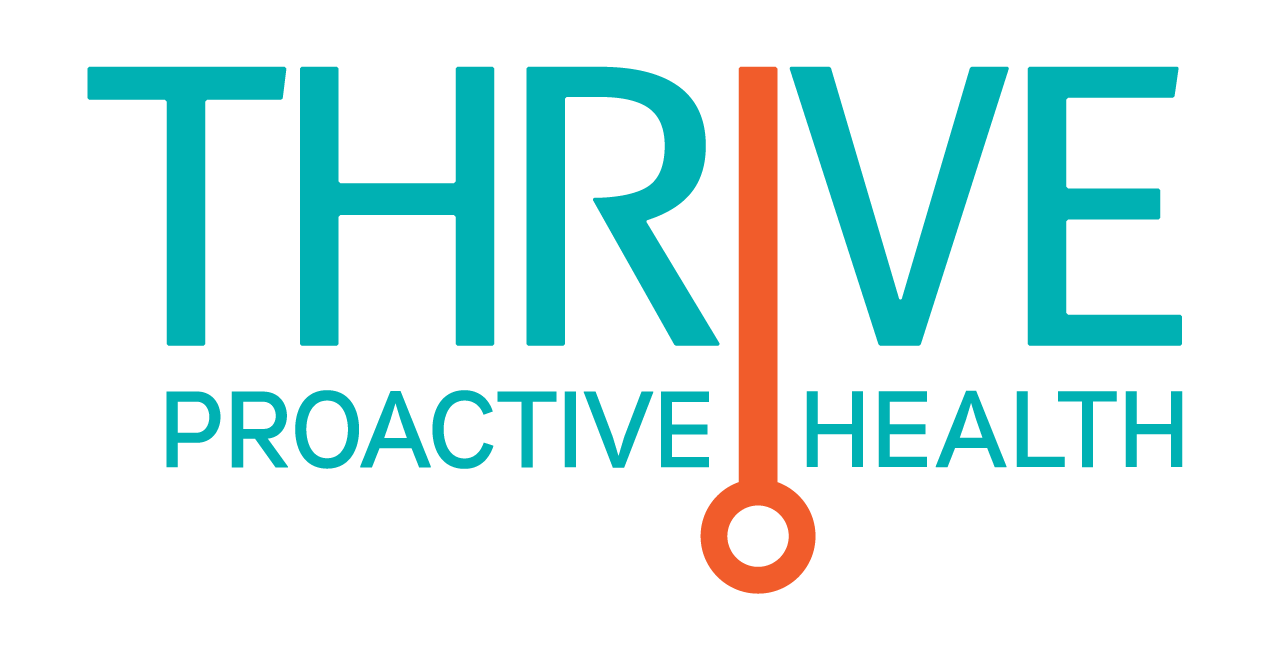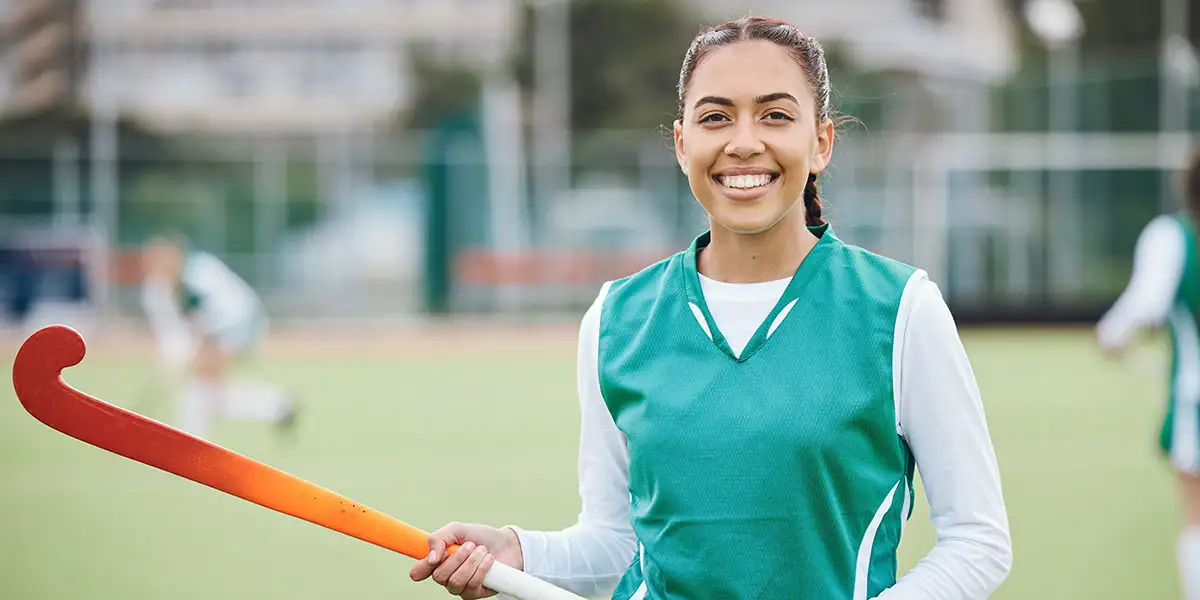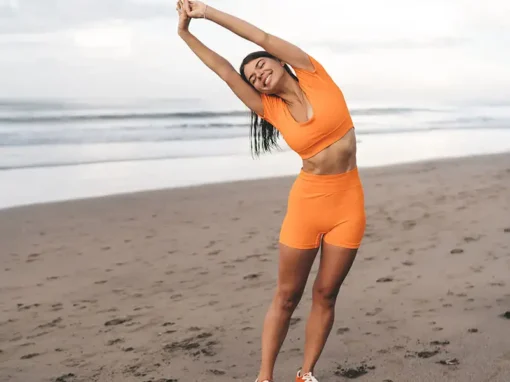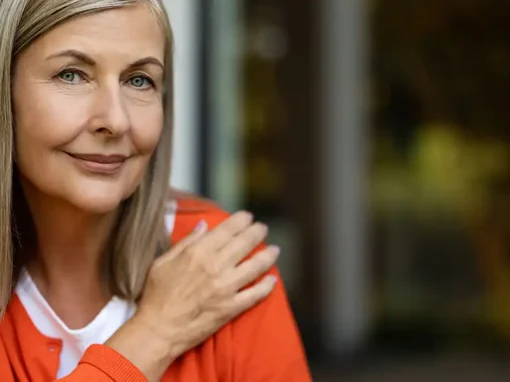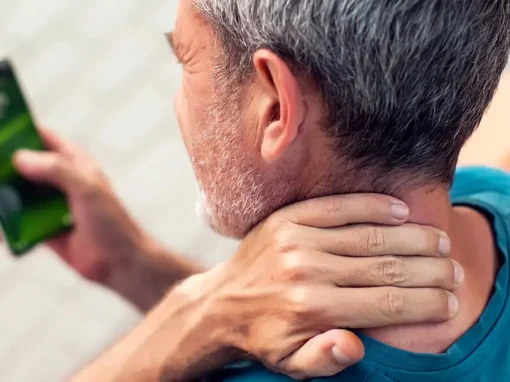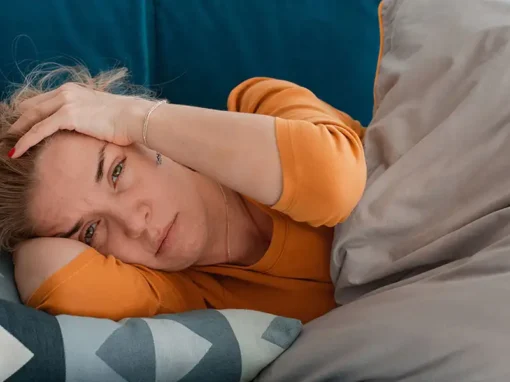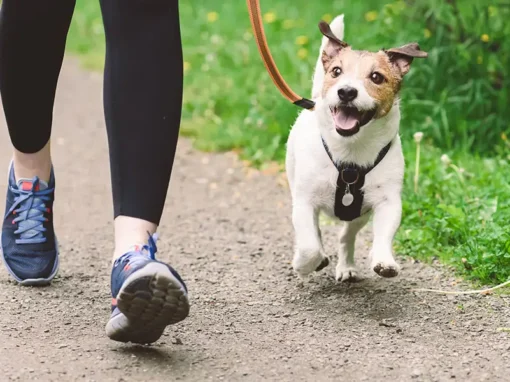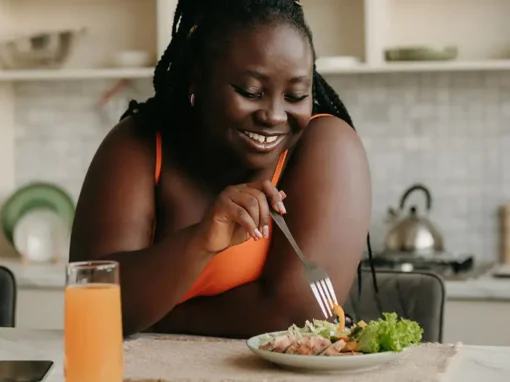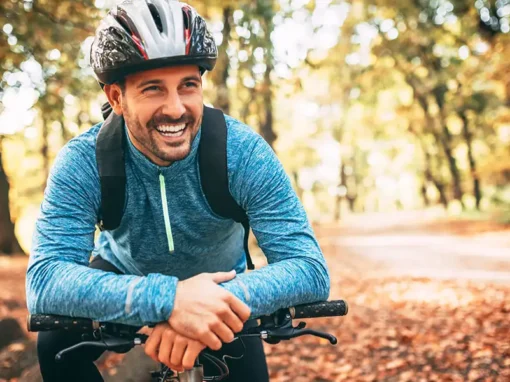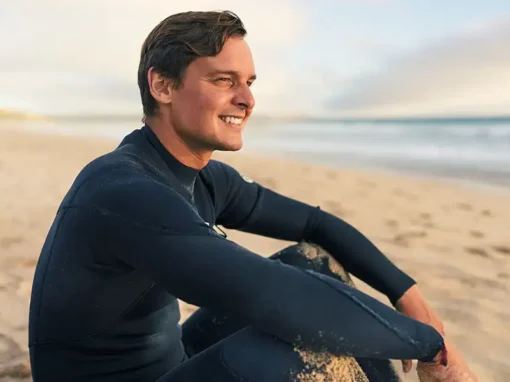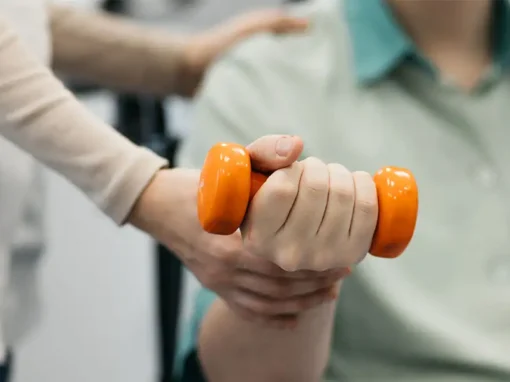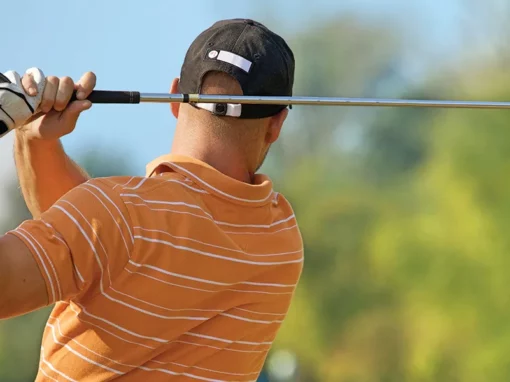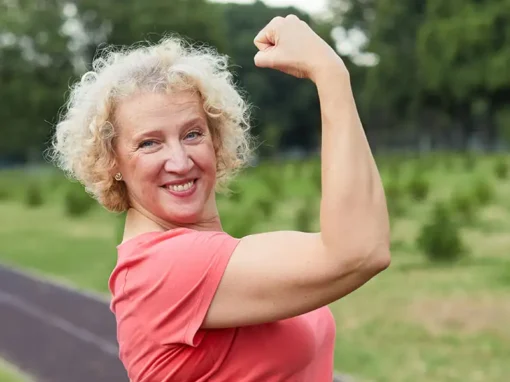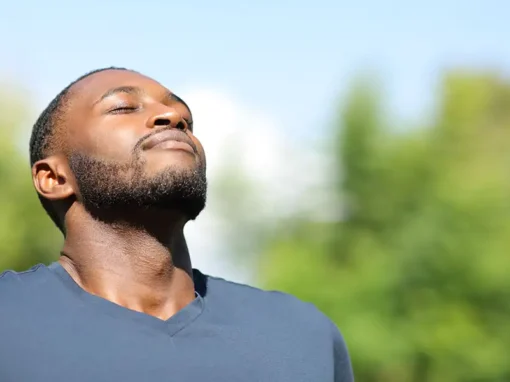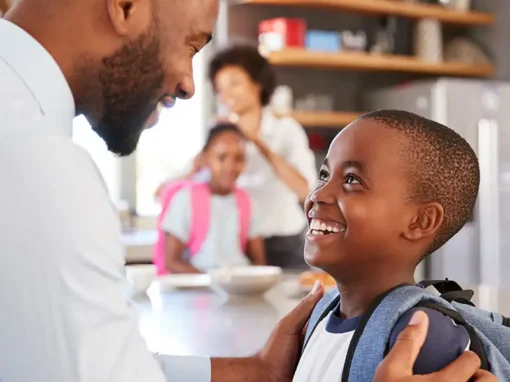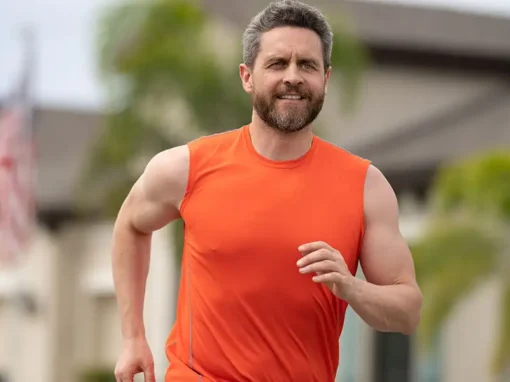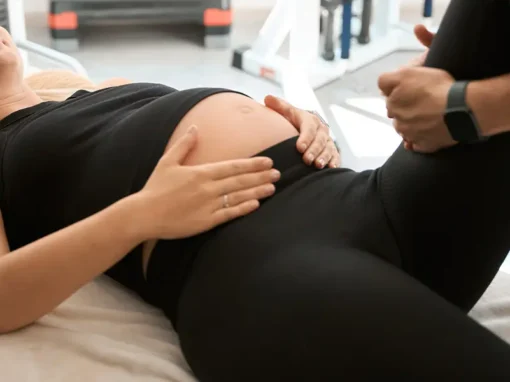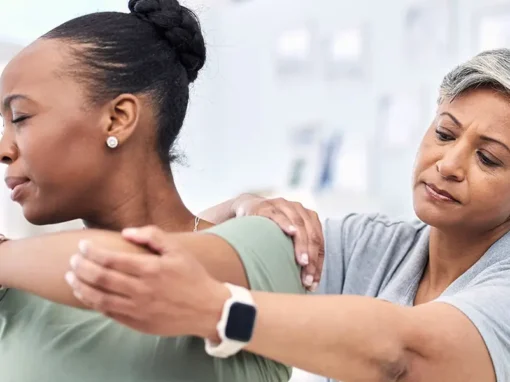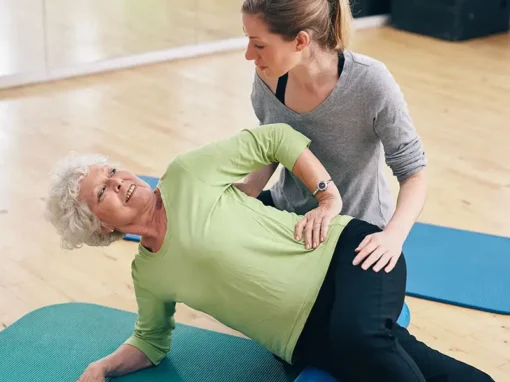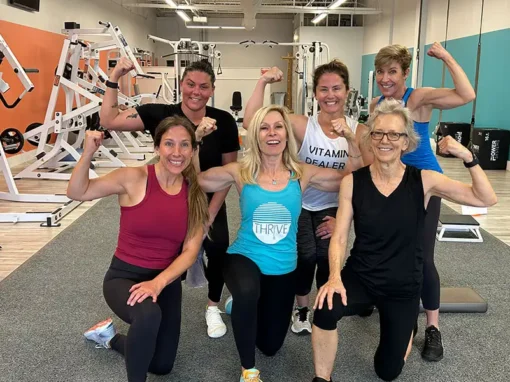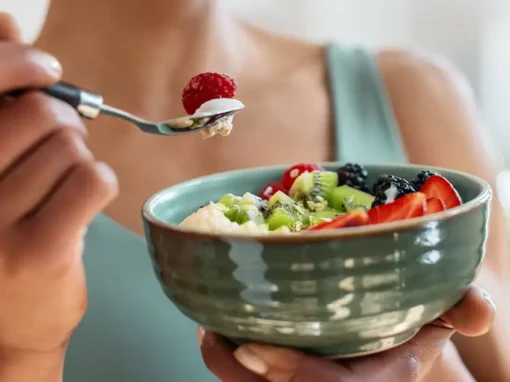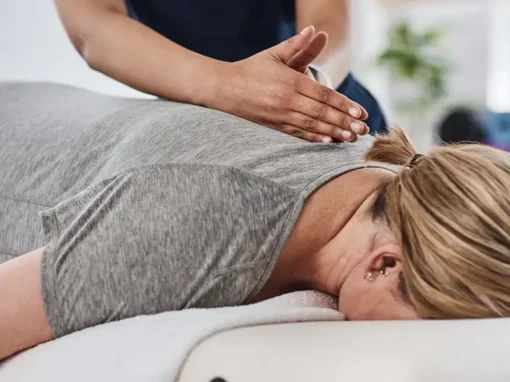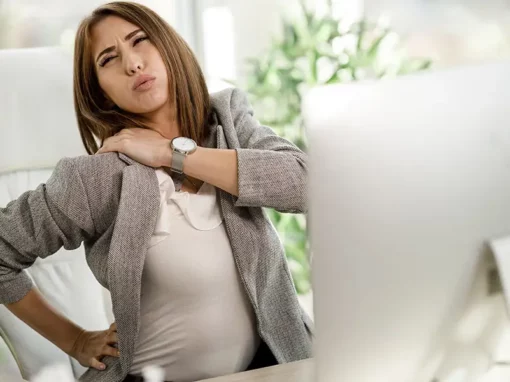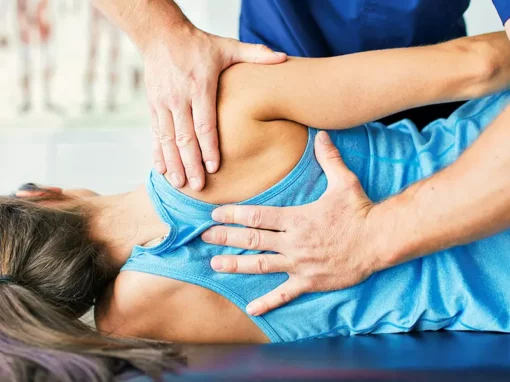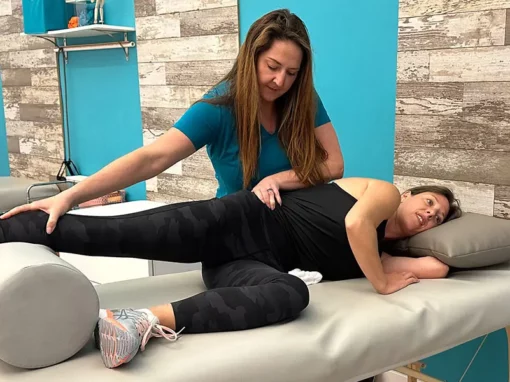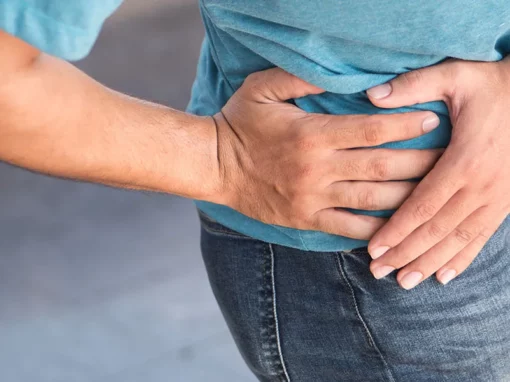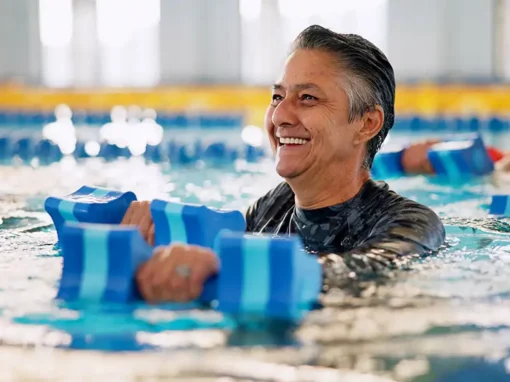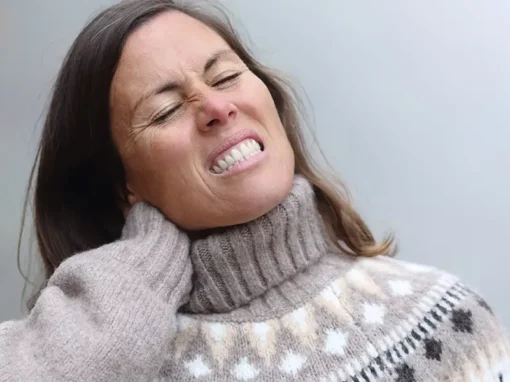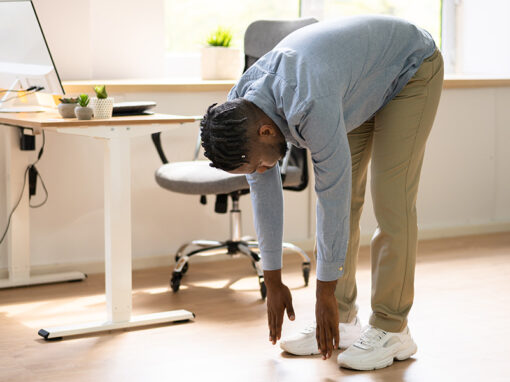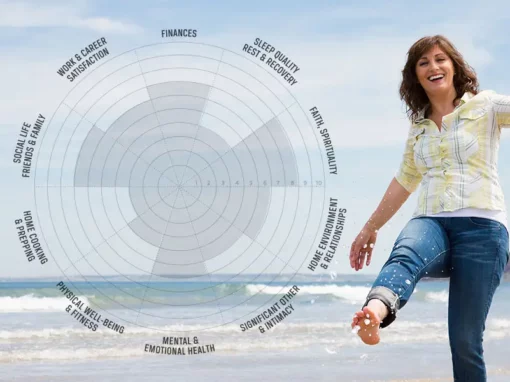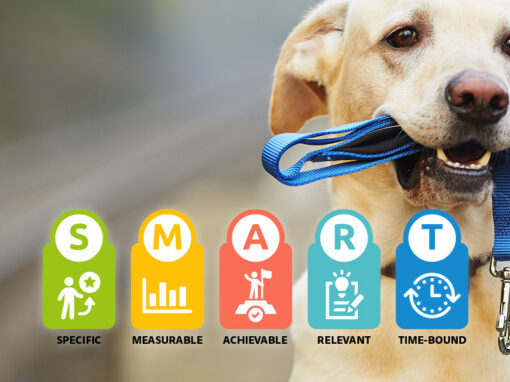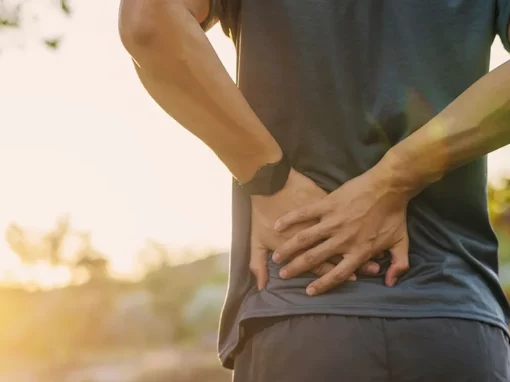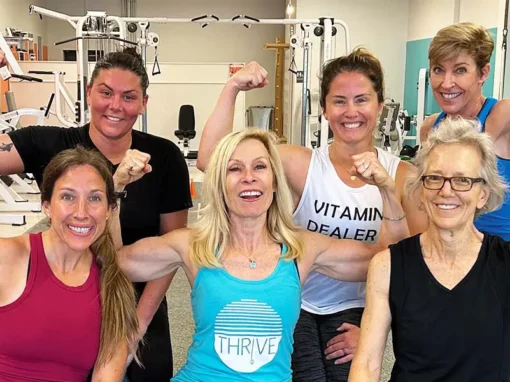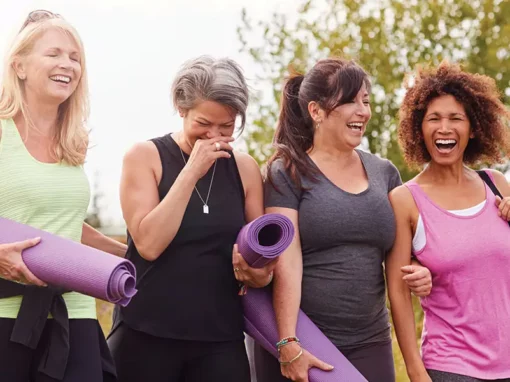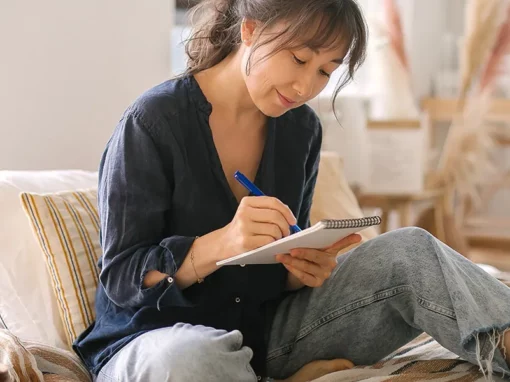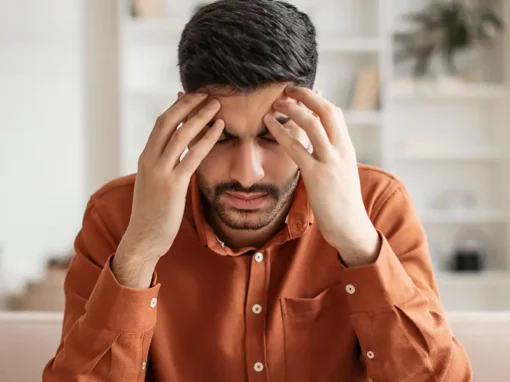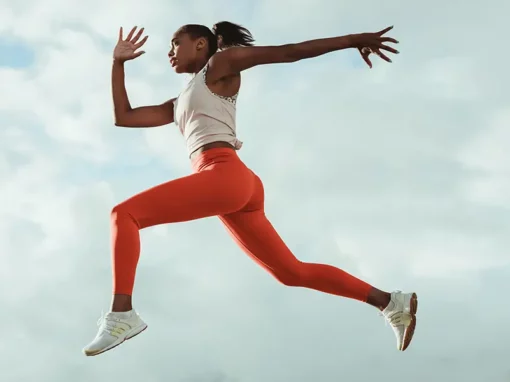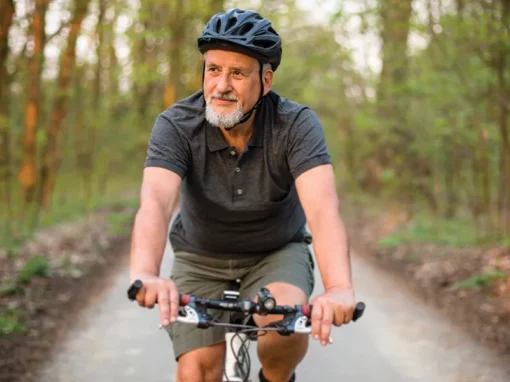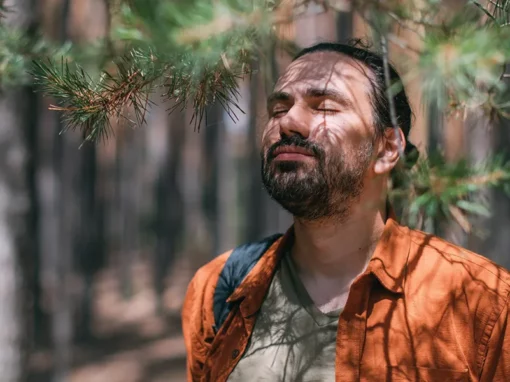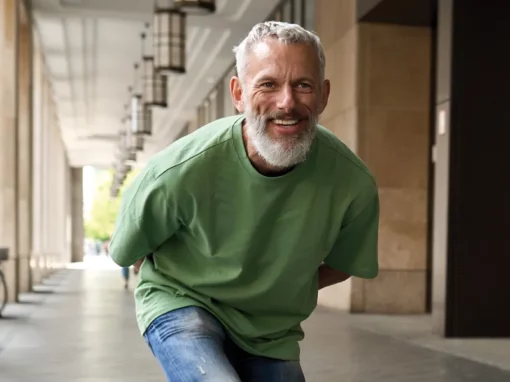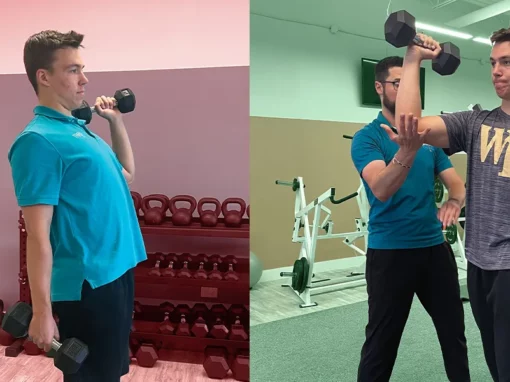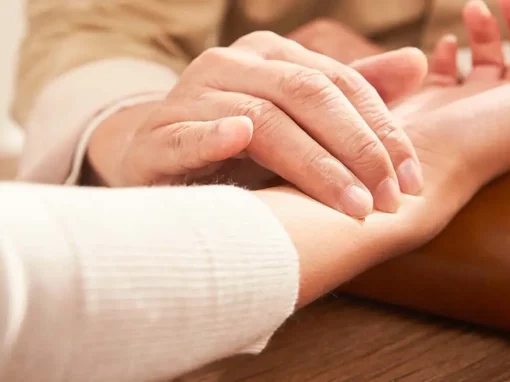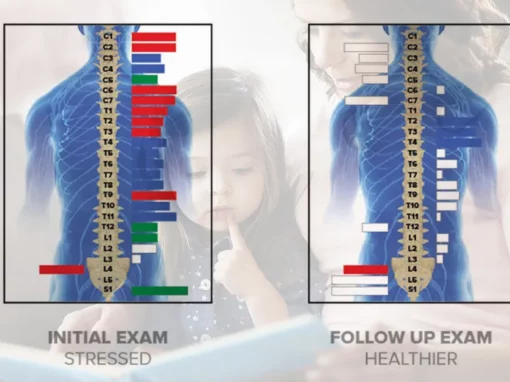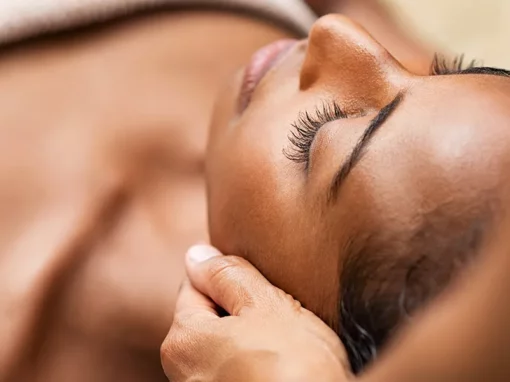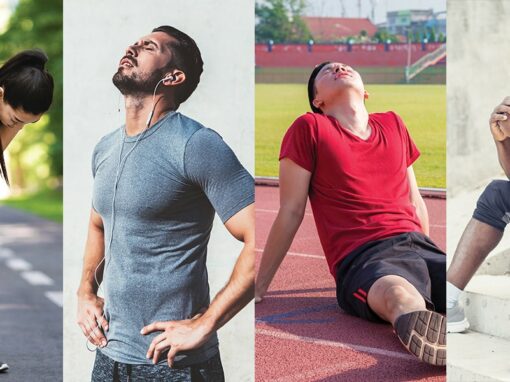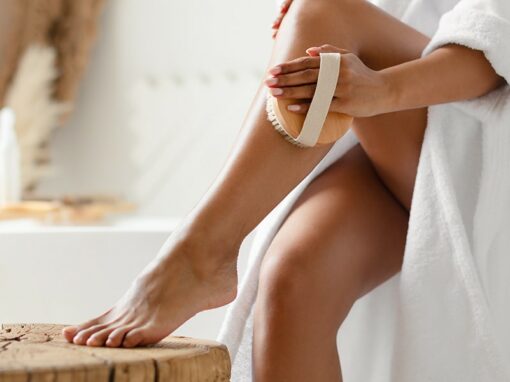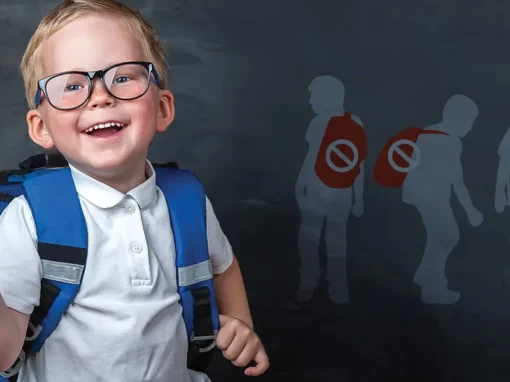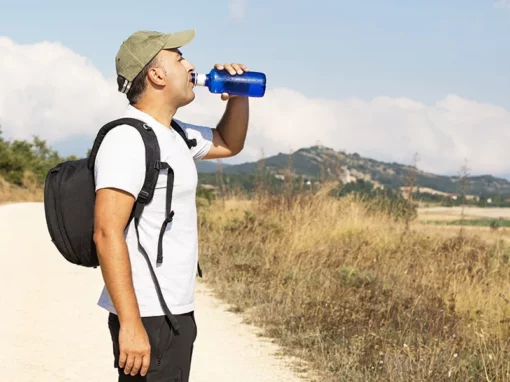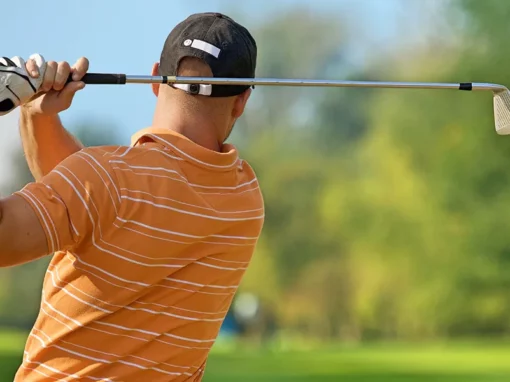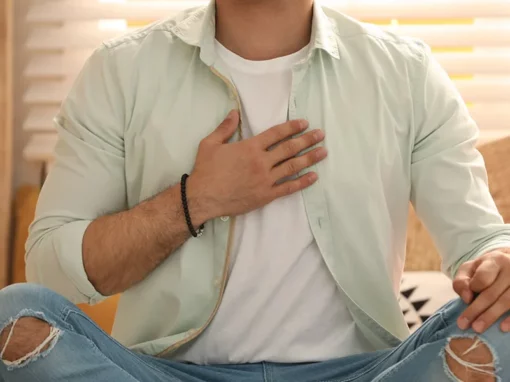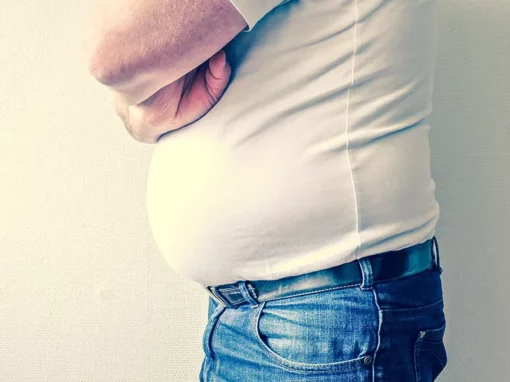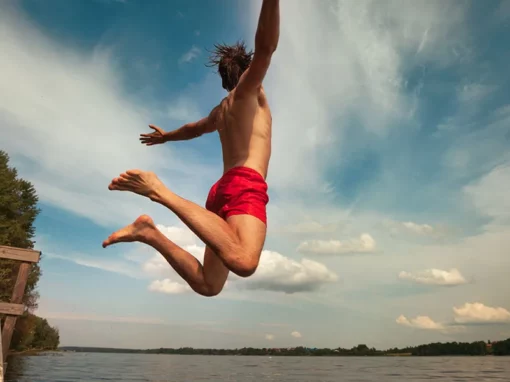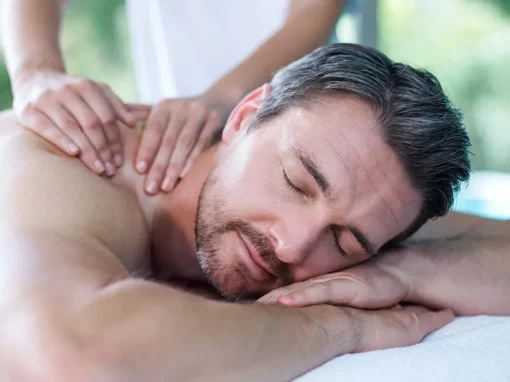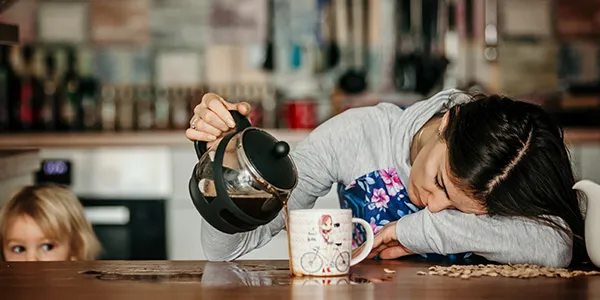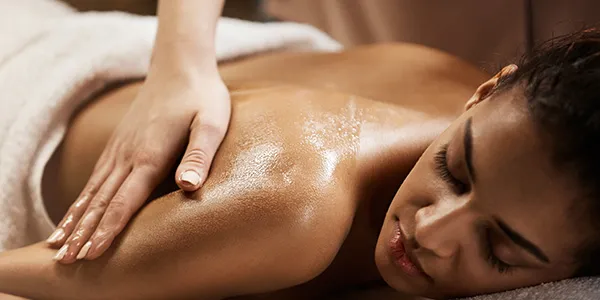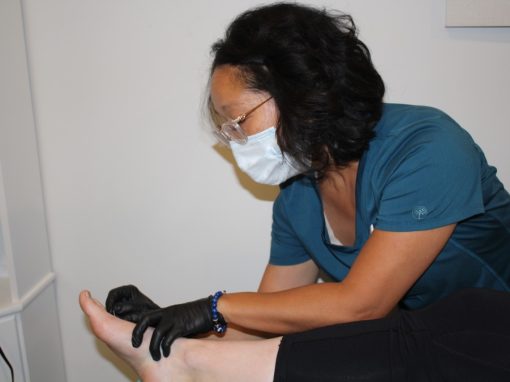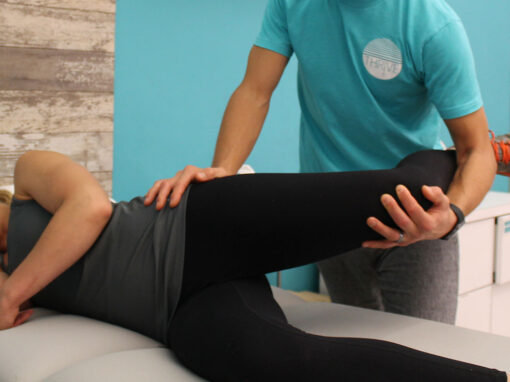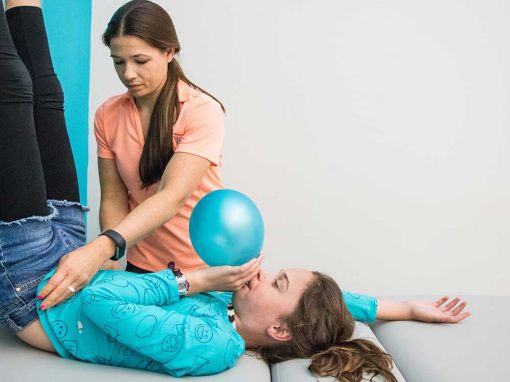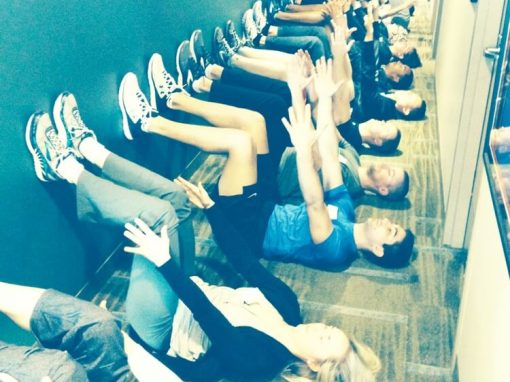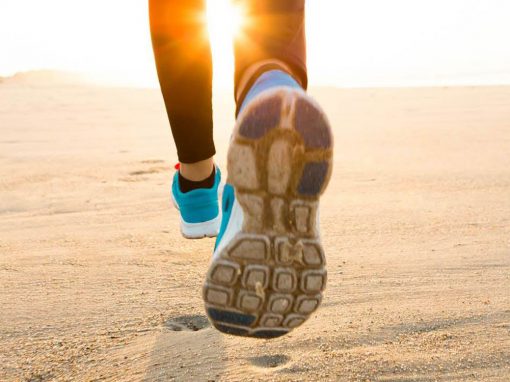The school year means more than classes and homework—it marks the season for sports tryouts, weekend tournaments, dress rehearsals for the marching band, and after-school dance recitals. And whether your child is running laps on the field, shooting hoops, or practicing their art form, the risk of injury and physical fatigue is real.
At Thrive Proactive Health, our mission is simple: help student athletes stay in the game—whether that’s on the court, the field, the gym floor, or in the classroom. Here’s how our expert physical therapy services provide natural, specialized care for young athletes, empowering them to perform, recover, and thrive—both on and off the field.
The Athletic Landscape
Each year in the U.S., roughly 3.5 million youth athletes are injured, leading to millions of missed school days and missed opportunities in both play and academics. Many of these injuries stem from overuse—repeating the same motions without adequate recovery—and can include conditions like sprains, tendonitis, stress fractures, or strain-induced back and shoulder pain .
Simple aches can quickly grow into problematic injuries that delay seasons and sideline dreams. Even worse, these injuries can affect a child’s mental health—bringing anxiety, low self-esteem, and isolation. At Thrive, we believe that maintaining physical health nurtures emotional resilience—and vice versa.
What Physical Therapy Does for Student Athletes
Physical therapists are more than rehab specialists—they’re proactive health coaches who guide growing bodies toward strength, balance, and endurance.
-
Injury Prevention and Pre-habilitation
One of the most effective weapons against athletic injuries is preparation. Research shows resistance training can reduce injury risk by up to 68% in young athletes. Our pre-season screenings assess strength, flexibility, balance, and movement patterns, spotlighting areas of potential risk so we can address them before an injury happens.
-
Recover Faster with Less Risk
When injuries happen—sprained ankles, strained hamstrings, stress reactions—PT is essential for safe and speedy recovery. We use a mix of manual therapy, strength retraining, neuromuscular re-education, and safe progression protocols. These targeted treatments ensure injured athletes not only heal, but return with improved mechanics to reduce recurrence.
-
Boost Athletic Performance
PT isn’t just about healing; it’s about unlocking potential. We identify biomechanical limitations and movement inefficiencies—including hip weakness, uneven stride patterns, or poor landing mechanics—and correct them. These improvements can boost speed, balance, strength, and agility. Athletes who participate in physical therapy often out-perform peers in power and endurance metrics.
-
Mental and Emotional Resilience
Athletic injury often hits hardest emotionally. Mental health setbacks (stress, depression, anxiety) fuel struggle during recovery. Our PT approach is integrated with emotional support: confidence-building, consistent communication, and encouragement to maintain identity and morale. All of these are proven to reduce anxiety and depression by up to 87% compared to injured athletes who lack social support.
How Thrive’s Physical Therapy Works
Step 1: Sport-Specific Assessment
We begin by asking:
- Which sports does the athlete play?
- Do they use single-sided motion (e.g., softball pitching)?
- Which muscles feel tight or weak?
- Have they had injuries in the past—especially recurrent ones?
Then we observe functional movement: squats, lunges, jumps, running, cutting, and core strength.
Step 2: Customized Program Design
No two athletes are the same. We tailor plans based on sport, age, growth stage, previous injury history, and future goals. Plans include:
- Strength training: Lower limb, core, and scapular drills to build stability
- Mobility work: Spine, hip, shoulder circuits to prevent stiffness and injury
- Neuromuscular drills: Balance, sense of body position, agility for explosive movement control
- Conditioning advice: Integrate PT seamlessly into sports practice and recovery routines
Step 3: Manual and Modal Support
We use evidence-based techniques—gradual joint mobilization, soft tissue therapy, dry needling, cupping, mechanical stimulation, and taping—as needed. These support the corrective exercises, helping to mobilize, release, and relieve soreness.
Step 4: Ongoing Evaluation and Progression
Athletes progress through injury rehab, pre-competition prep, and performance challenges. We use sports periodization, cycling phases of load and recovery, to build resilience and prevent overtraining.
What the Evidence Says
- Injury Prevention: Strengthening programs reduce overuse injuries by up to 68% in youth sports.
- Faster Recovery: Athletes undergoing PT return to sport quicker and healthier than those who don’t.
- Improved Mechanics: PT drills lead to measurable gains in power, agility, and endurance.
- Mental Health Benefits: Rehab with emotional and social support reduces injury-related depression and anxiety.
- Integrated Approach Works: Comprehensive models combining PT and athletic training reduce reinjury and maximize efficiency.
Thrive’s School-Year Physical Therapy Playbook
Here’s how to keep your student athlete primed all year:
Pre-Season (August–September)
Start with a movement screen and strength assessment. Begin PT support to build foundational strength and stability.
Early Season (October–November)
Use PT proactively for minor aches or imbalances; don’t wait for a full injury. Continue targeted exercises.
Mid-Season (December–February)
Schedule maintenance visits every four to six weeks. Monitor workload, ensure recovery, and prepare for peak performance.
Post-Season (March–May)
Shift focus to off-season strength building, rehab lingering issues, and re-balance body mechanics.
Summer (June–July)
Optional maintenance programming to support summer camps, travel teams, or off-season cross-training.
Keep the Focus on Growth and Game Play
A thriving student athlete juggle academics, social life, and sports demands. Success lies not just in talent, but in care and preparation. Physical therapy isn’t just about bouncing back; it’s about building back better, with strength, smart mechanics, and confidence.
At Thrive, we’re proud to support young athletes with evidence-based, compassionate care that amplifies performance, prevents injuries, and fosters holistic growth.
Ready to stay in the game?
Schedule your physical therapy screening today and let Thrive be your partner in performance, recovery, and long-term play.
